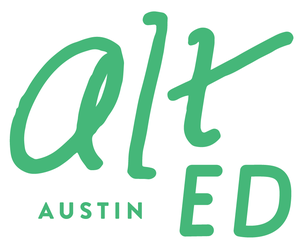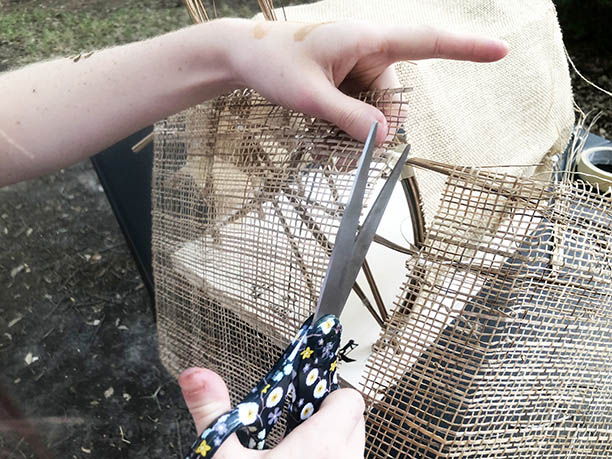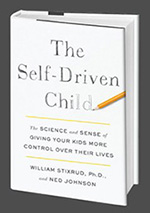Teen Sister Circles: Where girls discover their power
/Guest contributor Heather Hoover is the director of GS Teen Sister Circles Division for Global Sisterhood. Based in Austin, Texas, and serving 85 countries worldwide, Global Sisterhood provides a community platform for the feminine rising through in-person Sister Circles and online transformational resources. Heather has a background in education and social services as a teacher and director. She has facilitated women’s circles for almost 15 years and is currently a mother to three children, ages 12, 9, and 7.
I can remember some specific moments in my life, as a young girl growing up, that made a mark on me as a person. These moments defined who I would become and shaped some deep-seated beliefs about myself. They were not all moments of joy and triumph but often darker times when I doubted myself, felt insecure, isolated, and concerned about what others thought about me. These moments deeply affected how I would relate to others as an adult.
Most adults remember our middle school and high school days as times of awkwardness due to our changing bodies and hormones that made us feel different and out of place. We can chalk it up to “just the teenage years” —we all go or “grow” through it.
But imagine if we had had a safe and intentional space to explore those feelings, or to process our problems, our insecurities, fears, and doubts. Imagine if we had had a place where we felt truly seen, heard, and accepted without judgment, and a place that could have given us the tools to build a foundation for self-confidence, communication skills, relating to others, trusting, and knowing our own inner guidance.
I imagine things would have been very different if I’d had those opportunities. It might not have been as much work to get to the place of trust in myself and others where I am today. Unfortunately, many adult women I know have never been able to shed the negative beliefs about themselves that were created early on, and they still deal with self-doubt around their own value.
I especially see this, now, as a mother of my 12-year-old daughter and two other children. I’m also seeing how very different the world is from when I grew up. In some ways, the pressures on young girls are the same, and in other ways, they are accentuated and more intense with social media. It is imperative that girls and young people be provided the tools to navigate all of the social and emotional stresses of living in the world today.
Offering young women safe and authentic in-person connections and support is essential so that they can understand their truth, tap into what their heart truly desires, and believe they can achieve it.
This is what leads me to my current work.
Sister Circles
I work with Global Sisterhood, a consciously minded business that enables women all over the world to gather in safe and authentic spaces to remove our masks, be heard, be seen, and be supported with community and transformational themes essential to women’s empowerment. These circles have literally changed my life and the lives of many women I have witnessed over the years.
Through my own growth, my passion was born. Today, I create safe and fun spaces for teen girls to discover how to have a healthy body image, navigate social media, trust and know their inner voice, communicate their boundaries clearly, be able to resolve conflict, and grow in their abilities to be resilient leaders who know their innate worth and value.
Often, women in our adult circles have voiced, “If only I’d had a space like this when I was younger.” This is why Global Sisterhood is now creating Teen Sister Circles to support girls all over the world to feel supported, safe, seen, and heard, so they can trust themselves and fully step into their gifts and power.
I began this work when I was a teacher at the Whole Life Learning Center, where my colleague and I facilitated Teen Sister Circles. It was amazing to see the girls open up, be vulnerable, share, and recognize they were not alone in their process. It was a nourishing space filled with art, music, movement, activities, deep sharing, games, a time to make friends, a sweet and safe space just to be.
In another teen sister circle I was part of, I also witnessed tremendous self-esteem grow within the girls, and it was an honor to help guide this process. I remember one girl was very shy and afraid to express herself, but at the end of our circles, at the graduation, she read a letter to her mother on forgiveness, and by choice read it in front of all the girls and their parents. It was powerful and moved all of us to tears. It was a privilege to watch the change in this beautiful young woman and the confidence that was blossoming in her.
Research shows that by supporting women and girls we change the world, and through my work with teen girls, I believe this to be true. I believe that through Teen Sister Circles, we can greatly enhance our daughters’ lives and prevent young girls from developing negative beliefs about themselves through social pressures and our fast-paced modern culture. Our girls need a safe and sacred space to share what’s really going on inside their hearts and minds, so they can feel empowered and confident in who they are and who they are becoming. The result of participating in one of our circles will be your daughter feeling confident to be herself and stand up for her values and truths.
If you are interested in learning more about Teen Sister Circles and the topics we cover, for your daughter or gender-neutral youth, please contact me: heather@globalsisterhood.org. It is my hope that these Teen Sister Circles can offer your daughter the space, time, and opportunities for reflection that will help her know herself as the unique, special young woman that you truly know her to be.
Heather Hoover






















